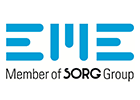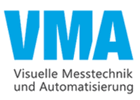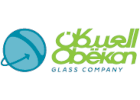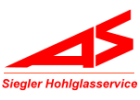When a customer asked for Heye’s assistance to produce one million long neck beer bottles per day on a 20 section TG tandem machine, significant demands were placed on the IS machine with regard to performance reliability and short downtimes.
In addition, the project placed highest demands on the ware handling equipment between the IS machine and annealing lehr. Heye met these transport challenges with a combination of adjustable dead plate cooling, modern three-axes servo pushers, a new high performance servo ware transfer and an efficient and stable four-axis servo lehr loader. With these co-ordinated components, the Heye team was able to successfully fulfill the customer’s requirements.
Apart from the challenges posed by this case study, however, Heye recognises the industry-wide demand for increased daily tonnages, even with machines of lower section numbers. This in turn places additional demands on the performance of the feeder, the feeder mechanics and its controls.
Only recently, a daily output of 140-150 tonnes was considered high but today, 180 tonnes and above are standard.
Via the introduction of the type 575 feeder (capable of 200 tonnes/day performance levels), Heye has responded fully to customer and market demand. The design incorporates proven features from earlier feeder types, including dual motor shears, servo plunger, rotor mechanism and rotating tube. In this arrangement, the control of these feeder mechanisms offers established options such as assortment production, where gobs of different weights can be produced on a single IS machine simultaneously. With this option, weight differences of 215g have already been achieved in containers weighing 825g and 610g, without any gobs lost.
The conditions outlined above further demonstrate the importance of pursuing a perfectly co-ordinated concept, rather than individual machinery in isolation. As a result, the glass container industry’s increased requirements for enhanced daily tonnages and flexibility can be achieved.



























